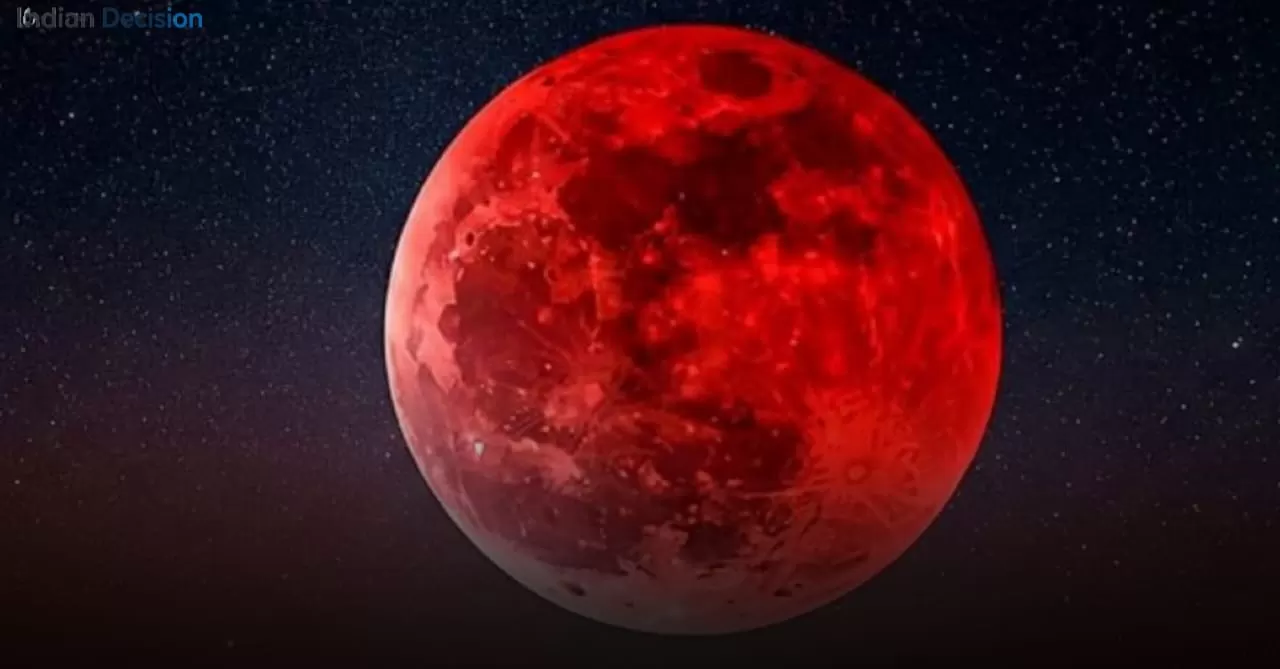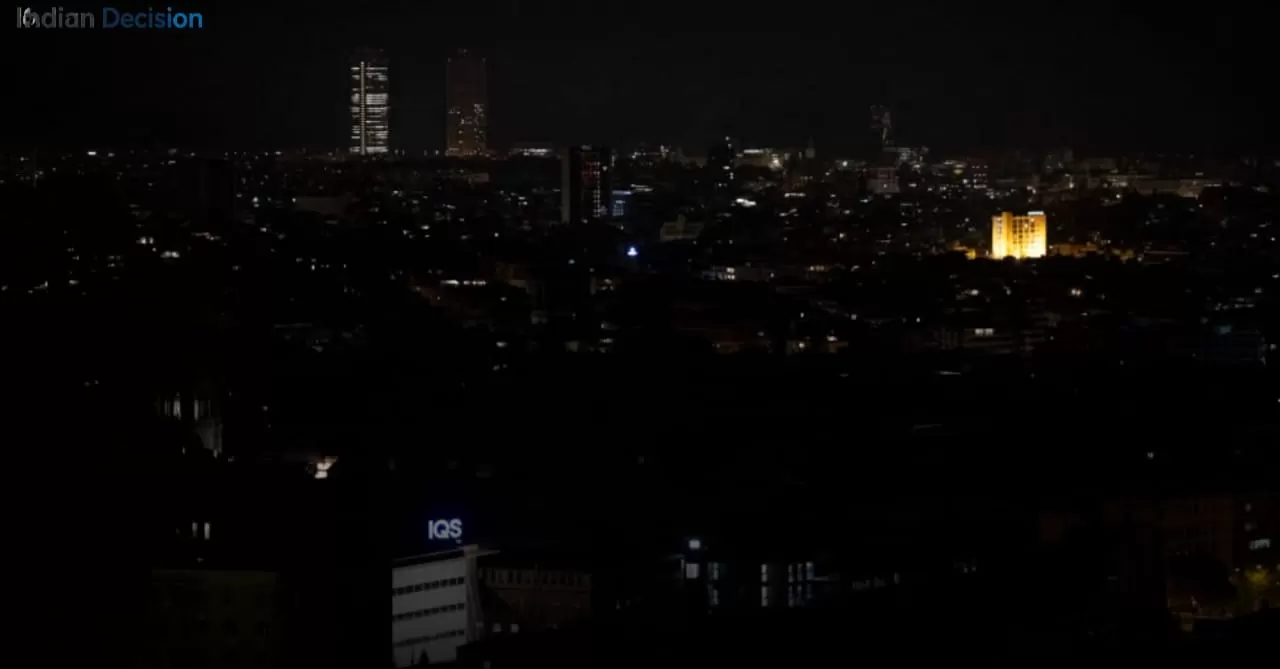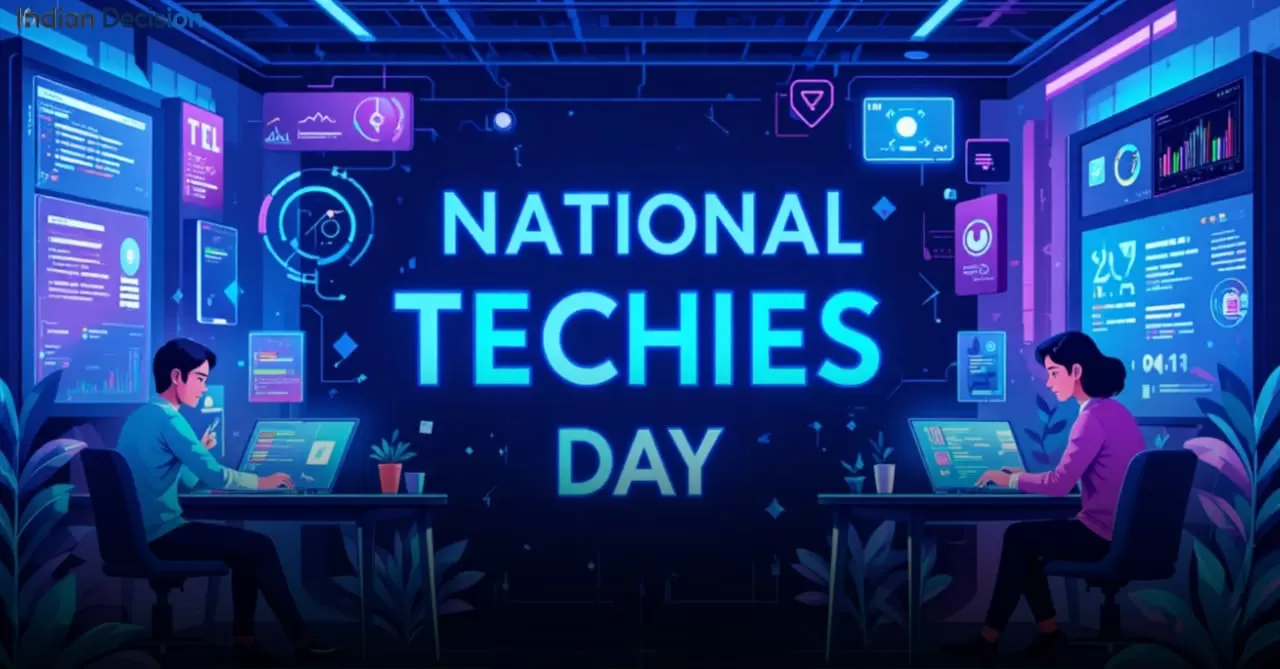Introduction: A Celestial Event to Remember
Skywatchers across the globe are preparing for a stunning celestial display: a total lunar eclipse, often called a blood moon, in September 2025. This event will coincide with the September full moon, traditionally known as the Harvest Moon. For many, the sight of the moon glowing a deep shade of red or orange is not only awe-inspiring but also steeped in cultural symbolism and folklore.
When Is the Full Moon in September 2025?
The full moon in September 2025 is scheduled to rise on the evening of September 7, 2025. This full moon carries different names across traditions. In the Northern Hemisphere, it is known as the Harvest Moon if it occurs closest to the autumn equinox. In some regions, it is also referred to as the Corn Moon, marking the seasonal harvest.
Blood Moon 2025: Date, Time, and Visibility
The total lunar eclipse better known as the blood moon will happen during this full moon. The event will be visible from large parts of North America, South America, Europe, Africa, and western Asia. In the United States, the partial eclipse begins in the late evening of September 7, with the total eclipse phase occurring just after midnight on September 8.
- Partial Eclipse Begins: September 7, 2025, at 10:07 PM EDT (September 8, 2:07 UTC)
- Total Eclipse Begins: September 7, 2025, at 11:46 PM EDT (September 8, 3:46 UTC)
- Maximum Eclipse: September 8, 2025, at 12:17 AM EDT (4:17 UTC)
- Total Eclipse Ends: September 8, 2025, at 12:48 AM EDT (4:48 UTC)
- Partial Eclipse Ends: September 8, 2025, at 2:27 AM EDT (6:27 UTC)
- Duration of Totality: Approximately 1 hour and 2 minutes
Why Does the Moon Turn Red During a Lunar Eclipse?
Many ask: “Why is the moon red tonight?” or “Why is the moon orange?” The answer lies in Earth’s atmosphere. During a total lunar eclipse, the Earth passes directly between the sun and the moon. Sunlight bends through our planet’s atmosphere, scattering shorter wavelengths like blue and green, while allowing longer red and orange wavelengths to reach the moon’s surface. The result is a glowing red moon that looks almost surreal.
September Full Moon: Symbolism and Traditions
The September full moon has long been associated with agricultural cycles. Farmers relied on the bright moonlight to extend working hours during the harvest season. In folklore, the blood-red appearance of the moon was often linked with omens, spiritual beliefs, or natural cycles of renewal.
Moon Phases Leading to the Eclipse
To fully understand the excitement around this event, it helps to follow the moon phases leading up to the full moon. By early September 2025, the waxing gibbous moon will grow brighter each night, drawing attention skyward before reaching peak illumination at the time of the eclipse.
- September 1: First Quarter Moon
- September 7: Full Moon and Total Lunar Eclipse
- September 14: Last Quarter Moon
- September 21: New Moon
Is Tonight a Full Moon or a Blood Moon?
On the nights of September 7 and 8, many will be asking: “Is tonight a full moon?” or “Is it a blood moon tonight?” The answer is yes the moon tonight will be both full and eclipsed, glowing red at the height of the event. For those in regions outside the path of totality, the moon may appear dimmer, with only a partial shadow visible.
How to Watch the Blood Moon 2025
Unlike solar eclipses, lunar eclipses can be viewed safely with the naked eye. No special glasses are required. However, for the best experience:
- Find a location with minimal light pollution.
- Arrive early to watch the moonrise and the gradual dimming as the eclipse begins.
- Use binoculars or a telescope for a closer look at the moon’s surface.
- Check local timings, as the eclipse visibility will vary by region.
Scientific Importance of Lunar Eclipses
Beyond the spectacle, lunar eclipses are valuable to scientists. They offer opportunities to study Earth’s atmosphere by analyzing the color and brightness of the eclipsed moon. In addition, eclipses have long been used in historical astronomy to refine calendars and measure Earth’s shadow.
Cultural and Spiritual Perspectives
Across cultures, the red moon or blood moon has carried symbolic weight. Some view it as a sign of change, endings, or transformation. Others see it as a moment for reflection, gratitude, and new beginnings. In modern times, while science explains the phenomenon, the awe it inspires remains deeply human.
Today’s Update: 21 September 2024 One Year to Go
As of today, September 21, 2024, we are exactly one year away from this spectacular event. Major astronomy organizations like NASA and the European Space Agency (ESA) have begun publishing detailed visibility maps and timing sheets for the 2025 eclipse. Travel and tourism companies are already offering "eclipse viewing packages" in prime locations like the Atacama Desert in Chile and national parks in the western United States. For amateur astronomers, now is the perfect time to mark calendars and plan for what will be the last total lunar eclipse visible from the Americas until March 2026.
When Is the Next Blood Moon After September 2025?
For those wondering, “When is the next blood moon?”, astronomers predict that after September 2025, the next total lunar eclipse will occur in March 2026. While not every full moon brings an eclipse, each one is part of the larger cycle that connects us to the rhythms of the cosmos.
Conclusion: A Night Sky Worth Watching
The blood moon total lunar eclipse of September 2025 promises to be one of the most memorable sky events of the year. Whether you are gazing at the moon tonight with friends, photographing the red moon, or simply stepping outside for a few moments, it is a chance to connect with a phenomenon that has inspired humanity for centuries. Mark your calendars, because this is not just another full moon it is a celestial show that blends science, tradition, and wonder.







